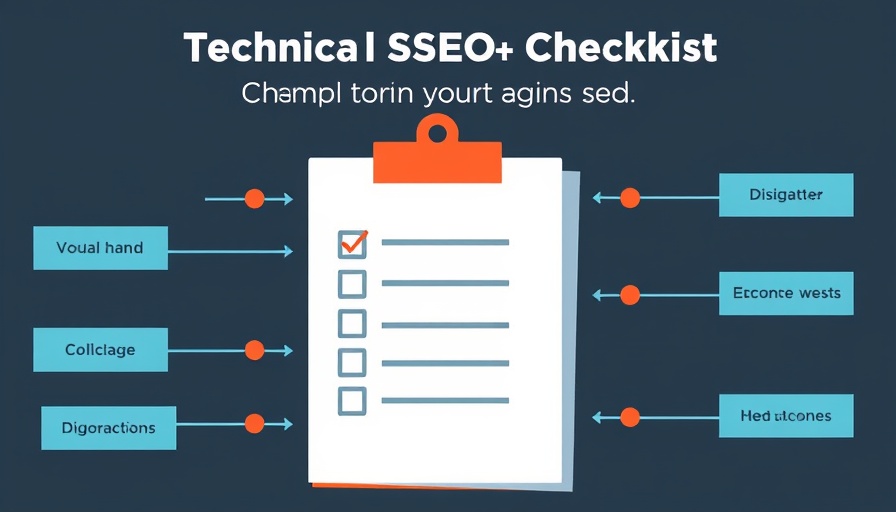
Understanding Key Website Metrics for Small Businesses
This article sets the stage for small and medium-sized businesses to demystify the often overwhelming topic of website metrics. In a world where online presence is crucial, knowing how to assess website performance through key metrics is more important than ever.
Why Metrics Matter: The Heart of Online Engagement
The digital landscape is filled with noise, making it increasingly vital for businesses to understand and track the right metrics. By effectively monitoring website metrics, businesses can tailor their content strategy and marketing efforts, ensuring they resonate with their target audience.
Key Website Metrics Explained
Understanding diverse metrics is essential. Unique visitors offer insight into how many individuals engage with your site, while total visits depict overall activity. This distinction is critical for assessing the genuine interest in your offerings. Moreover, metrics like views per visit can showcase the depth of engagement. Are visitors exploring just one page, or are they compelled to delve deeper into your content?
Utilizing Ahrefs Webmaster Tools: A Comprehensive Solution
Ahrefs Webmaster Tools (AWT) have emerged as a leader in providing comprehensive insights without compromising user privacy. The suite includes tools for web analytics, site exploration, and auditing, designed to cater to the needs of small businesses. What sets AWT apart is its ability to track traffic sources meticulously, enabling businesses to identify which channels are driving visitors. Is traffic coming from organic searches, social media, or AI platforms? These insights empower businesses to refine their marketing strategies effectively.
Engagement Metrics: Beyond the Numbers
It's crucial to delve beyond basic traffic figures to gauge actual engagement. Bounce rate, for instance, measures how many visitors leave your site without further interaction. However, context is key—a high bounce rate might indicate poor content alignment, but it could also mean that users found the information they needed and left satisfied. Businesses must interpret these numbers critically.
The Role of Geography in Audience Engagement
Knowing your audience’s geographic locations can shape your marketing strategies significantly. For example, businesses can tailor content to align with the interests and needs of visitors from specific regions. The Ahrefs tool makes this analysis straightforward, helping businesses make informed decisions about targeting their resources effectively.
Alternative Tracking Tools: Exploring Options
Alongside AWT, options such as Google Analytics 4 or Simple Analytics provide different features that may suit specific business needs. Familiarizing yourself with these tools ensures you leverage capabilities that best fit your operational goals.
Actionable Insights: Making Metrics Work for You
With data at your fingertips, small businesses must adopt an action-oriented strategy informed by metrics. Regular analysis allows for timely adjustments, optimizing marketing resources and ultimately enhancing customer satisfaction. Set measurable goals and use these metrics as a guide to refine your business strategies.
In Conclusion: The Importance of Tracking Metrics
In an age where digital footprints are vital, understanding how to track and interpret website metrics is a game changer for small and medium-sized businesses. By using tools like Ahrefs and other alternatives, businesses can ensure that they are not just generating traffic but fostering genuine engagement with their target audience. Start measuring, adjusting, and seeing the results of informed decisions in your online performance today!
 Add Row
Add Row  Add
Add 




Write A Comment